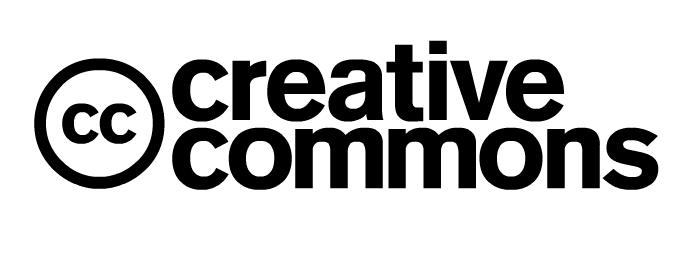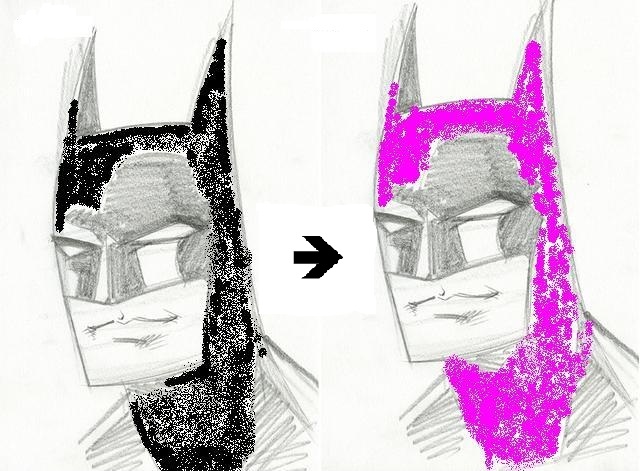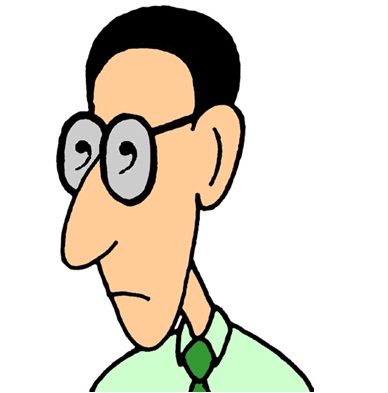Wondering How to Use Images For Your Content?
Well, this one’s for you!
A catchy image that matches your content gives an altogether different dimension to online reading. Adding an appropriate image with a meaningful or even hilarious caption can help attract readers and improve the credibility of your content. An image successfully captures your reader’s interest too.
So why should images included in online content?
- Adding an image increases the traffic to your website or blog.
- Readers tend to prefer articles that have images in them, thanks to increased readability.
In short, if you are writing an article about how to bake mince pies, then adding the image of mince pies stacked neatly together will lure your readers to try out the recipe. Images add emphasis to words!








